
Can You Anchor a Boat Anywhere Overnight
Learn Can You Anchor a Boat Anywhere Overnight
It’s a pleasant experience to anchor a boat overnight. The silence, the stillness, the union between us and nature are all great. But it’s not as easy as choosing any place to anchor and throwing the anchor. The laws, safety and environmental aspects must be taken into consideration. However, this complete guide to anchoring a boat overnight will go through everything. It will help you to know all about anchoring your boat overnight so that you can do it safely, legally and responsibly.
Read more: How to anchor a boat in a lake 2024
Can You Anchor a Boat Anywhere Overnight
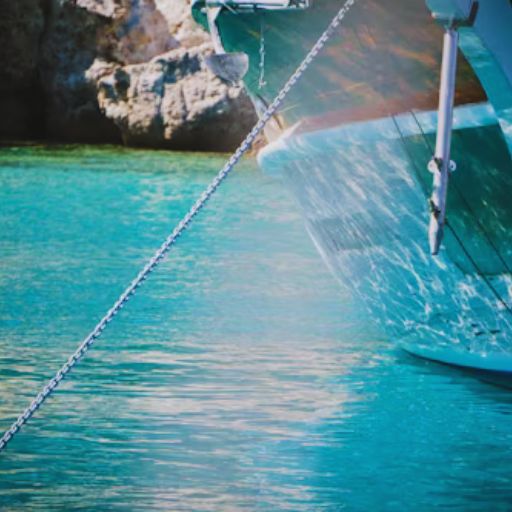
Understanding the Basics of Anchoring
While the exact details of where to anchor are important, it is more fundamental to understand the basics of anchoring: in what direction and at what distance. Principally, anchoring is about the choice of anchor, the nature of the seabed (which must be suitable), and the scope (the length of anchor rode: depth of water ratio).
Types of Anchors
Different types of anchors are suitable for various seabeds:
- Danforth Anchor: Best for sand and mud.
- Plow Anchor: Effective in grass, sand, and mud.
- Claw Anchor: Good for rocky bottoms and heavy grass.
Scope Ratio
The scope ratio is also important. Make sure you’re letting out enough rode for the depth of water and the type of bottom you’re anchoring in. A common recommendation is to have a 7:1 scope ratio: let out 7 feet of rode for every 1 foot of water depth. This gives your anchor a more horizontal pull, improving its digging-in power.
Legal Considerations
Among the most important of these factors is knowing your legal requirements. These depend very much on your anchoring location.
Local Regulations
In many areas, regulations dictate where you can and cannot anchor and for how long. Some local municipalities in coastal Florida prohibit anchoring out for so much as an hour or two; in Canada, the Canada Shipping Act, 2001 regulates anchoring so as to maintain safety and the flow of marine traffic.
No-Anchoring Zones
Certain areas are designated as no-anchoring zones to protect marine ecosystems or to safeguard against submerged cables or pipes. Look at local charts and regulations before anchoring up.
Choosing the Right Anchorage
Anchoring in the right place will help ensure a safe and comfortable night’s sleep aboard. Keep the following in mind when choosing a spot:
1. Choose an anchorage that offers protection from the prevailing wind and waves.
2. Avoid areas of strong current.
3. When anchoring in a river, consider the tidal flow: either anchor in a creek with slow-moving water, or be prepared to lift your anchor to clear the path of an inbound tide.
4. Stay clear of areas that may be congested with boat traffic, and avoid disturbing any mooring buoys.
Depth and Seabed Composition
Make certain that the anchorage has enough water depth for your boat’s draft, and that the seabed type is compatible with your anchor – for example, a Danforth anchor will work its best in sand and mud, but is less effective in grass as well as rocky bottoms.
Protection from Elements
Pick a lee area (sheltered from open winds, waves and current). This will make your anchoring more stable and your overnight better.
Space and Swing Radius
You will also need to allow enough space in which to swing around the anchor as wind and tide change, and you should avoid anchoring in congested areas to avoid the risk of collisions.
Safety Measures
Safety is paramount when anchoring overnight. Here are some essential safety measures to follow:
Monitor Weather Conditions
Every time you anchor, make sure you are aware of the weather forecast. Sudden weather changes might force you to pull up the anchor and head back to the harbour. If the weather is expected to get bad, look for a different place to drop anchor.
Set an Anchor Watch
An anchor watch means monitoring your boat’s position to be sure it’s holding fast, something that can be done by eye or with various types of anchor alarms and GPS.
Use Proper Lighting
At night, you must shine an all-round white light on your boat to be seen by other shipping, and – in many places – it’s illegal not to to do so.
Environmental Considerations
Anchoring has significant environmental impacts on sensitive marine ecosystems. Here are some ways you can reduce your footprint:
Avoid Sensitive Areas
Don’t anchor in fragile areas like coral reefs, seagrass beds and oyster beds – they are often critical for the marine life and can be easily damaged by anchors.
Use Eco-Friendly Anchors
We could reduce seabed disturbance by anchors that have a gentler ‘bite’ when they’re used in applications that require them to remain in one place for a little while. An example would be anchors specially made to be as environmentally friendly as possible.
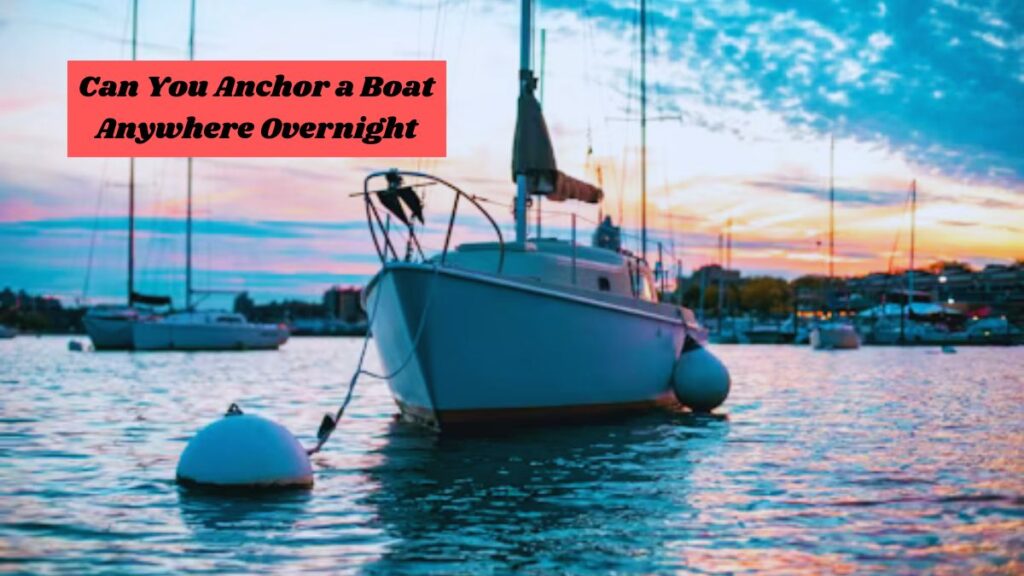
Practical Tips for Anchoring Overnight
Here are some practical tips to ensure a smooth and enjoyable overnight anchoring experience:
Plan Ahead
Plan your path ahead of time, and determine your anchoring sites in advance – along with alternate choices if your preferred location is taken or turns out to be unsuitable. In places where anchoring sites are limited, such as heavily used areas, this is especially important.
Check Your Equipment
Make sure your anchoring gear is in good working order: a good anchor, (proper length) chain and (proper length) rode, as well as any anchor alarms and/or GPS devices you plan to use.
Communicate with Other Boaters
Be courteous and communicative with other boaters. Verify that everyone is within the same ‘anchoring loop’, and that your anchoring spatial requirements won’t compromise other’s intentions or safety.
Case Studies and Examples
To illustrate the necessity of correct anchoring, here are some real-life examples and case studies:
Example 1: Coastal Florida
Anchoring regulations for the municipality of coastal Florida are strict, due to the fact that there are many boaters who need anchoring spots, and it also affects the environment. Boaters are required to be aware of regulations on anchoring so that boaters will not be fined and anchor in the recommended spot.
Example 2: Chesapeake Bay
Several anchorages are available in Chesapeake Bay, but anchorages with thin sand over hard bottoms are difficult to get on. To have good holding, try to find spots with deeper sand.
Conclusion
Aside from the benefits of sleeping under the stars, anchoring a boat overnight must be done legalistically and safely. It can also be an opportunity to get to know marine life and observe the environment around you. Learn how to spend the night securely and safely at anchor, and follow the advice and tips shared in the article.
FAQs
Q: Can I anchor my boat anywhere overnight?
A: No, you can’t just anchor your boat in any spot overnight. Consider local ordinances as well, environmental concerns, proximity to other boats and how much movement the anchorage may experience during the night.
Q: What is the best type of anchor for overnight anchoring?
A: 1.If you would like to fish in the sea ,it is recommended to anchor your boat. If you come across some infomation about the composition of the seabed,it would help you choose the proper type of anchor:
a)Danfort anchor : it is suitable for sand and mud.
b)Plow anchor: suitable for grass.
c)Claw anchor: suitable for sand and rocky bottom.
Q: How much anchor rode should I use for overnight anchoring?
A: The suggested scope ratio for a 7:1 scope is to let out 7 feet for every 1 foot of depth of water. It makes the pull on the anchor more horizontal which increases holding power.
Q: What safety measures should I take when anchoring overnight?
Q: What are some key safety precautions to keep in mind when anchoring? A: When doing any type of anchoring, some key safety precautions are: check the weather, have an anchor watch, use the right kind of light and make sure that all of your gear is in good order.
Q: How can I minimize the environmental impact of anchoring?
A: To minimise environmental impact, try not to drop anchor in sensitive locations such as coral reefs and seagrass beds, and use environmentally friendly anchors that cause less damage to the seabed.
Follow these rules, and you’ll master the art of safe, eco-friendly overnight anchoring. Bon voyage.







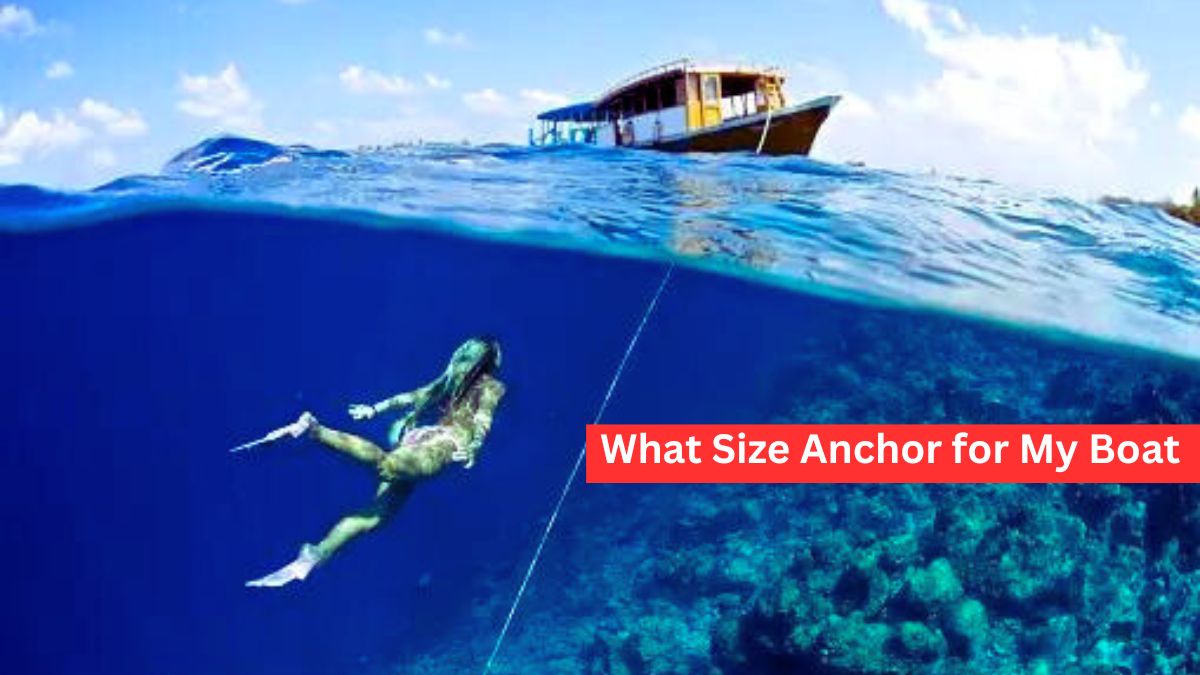
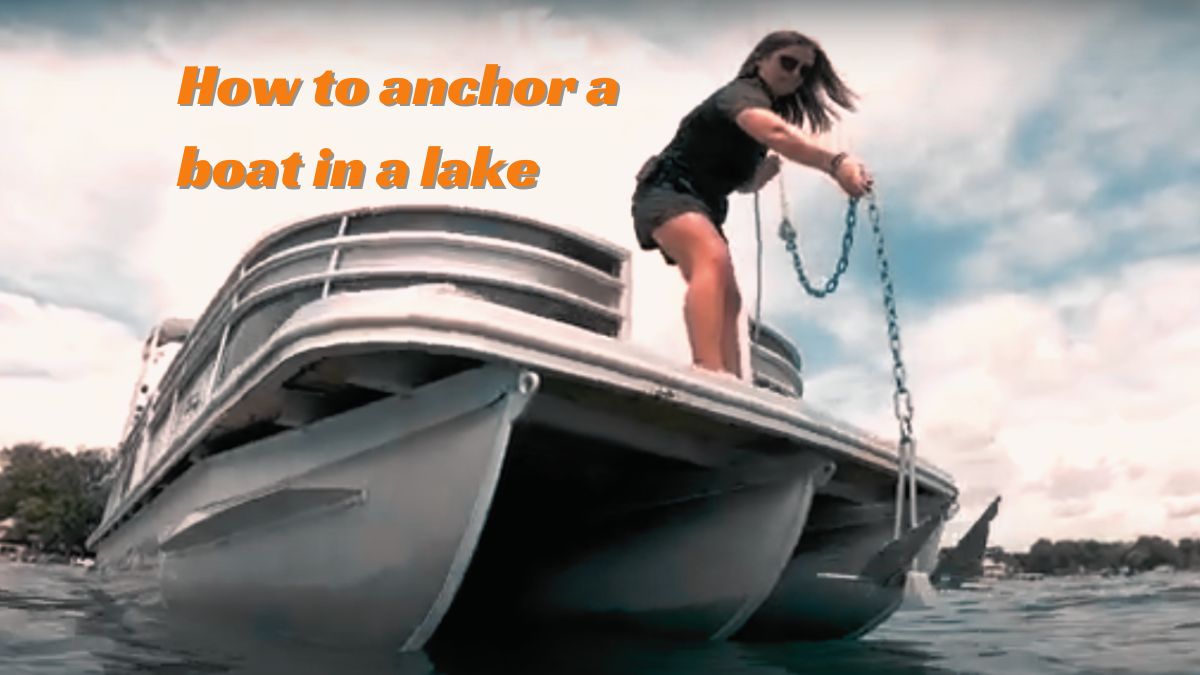
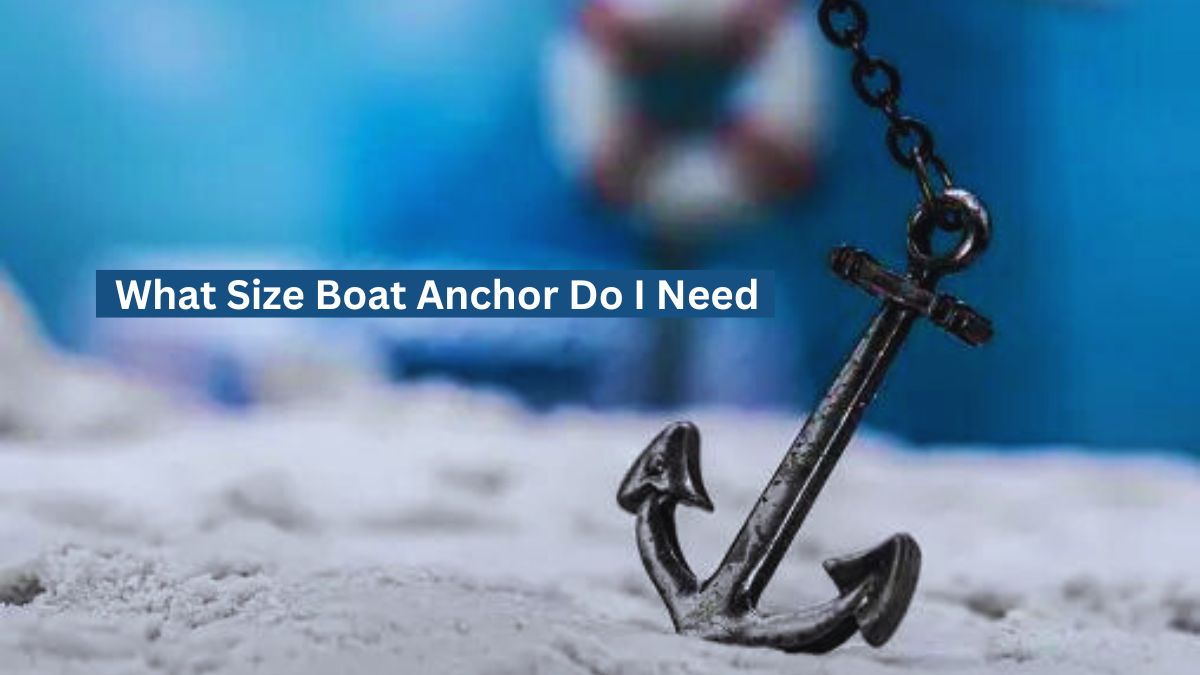

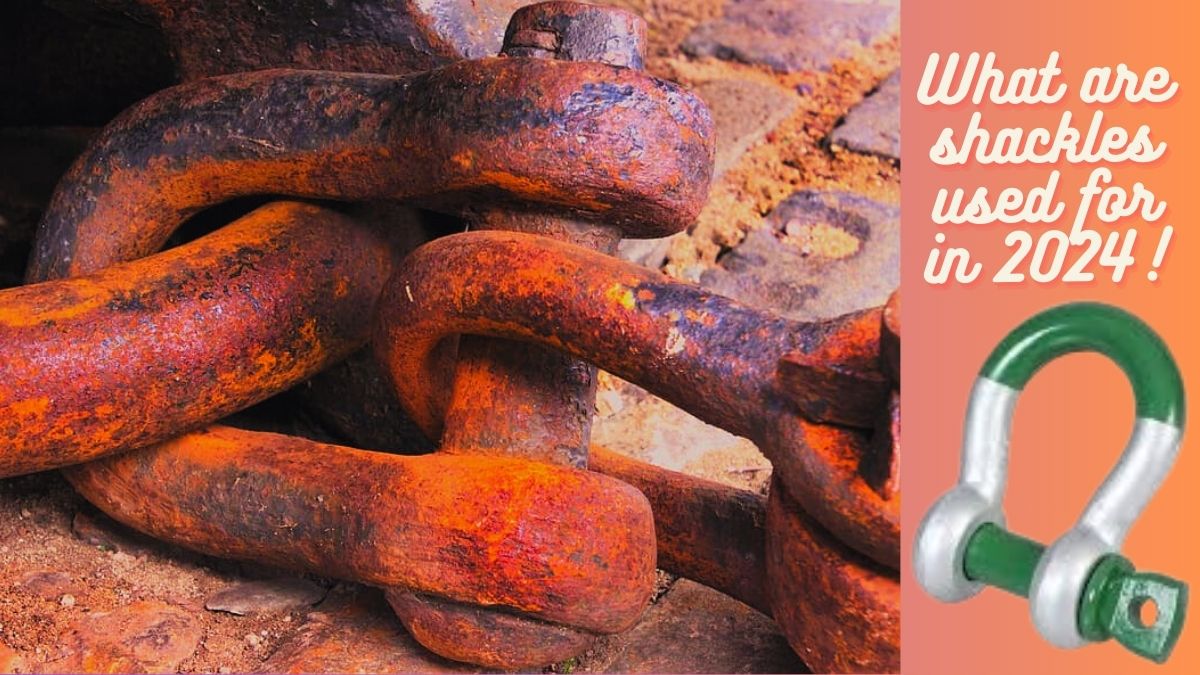

Leave a Reply